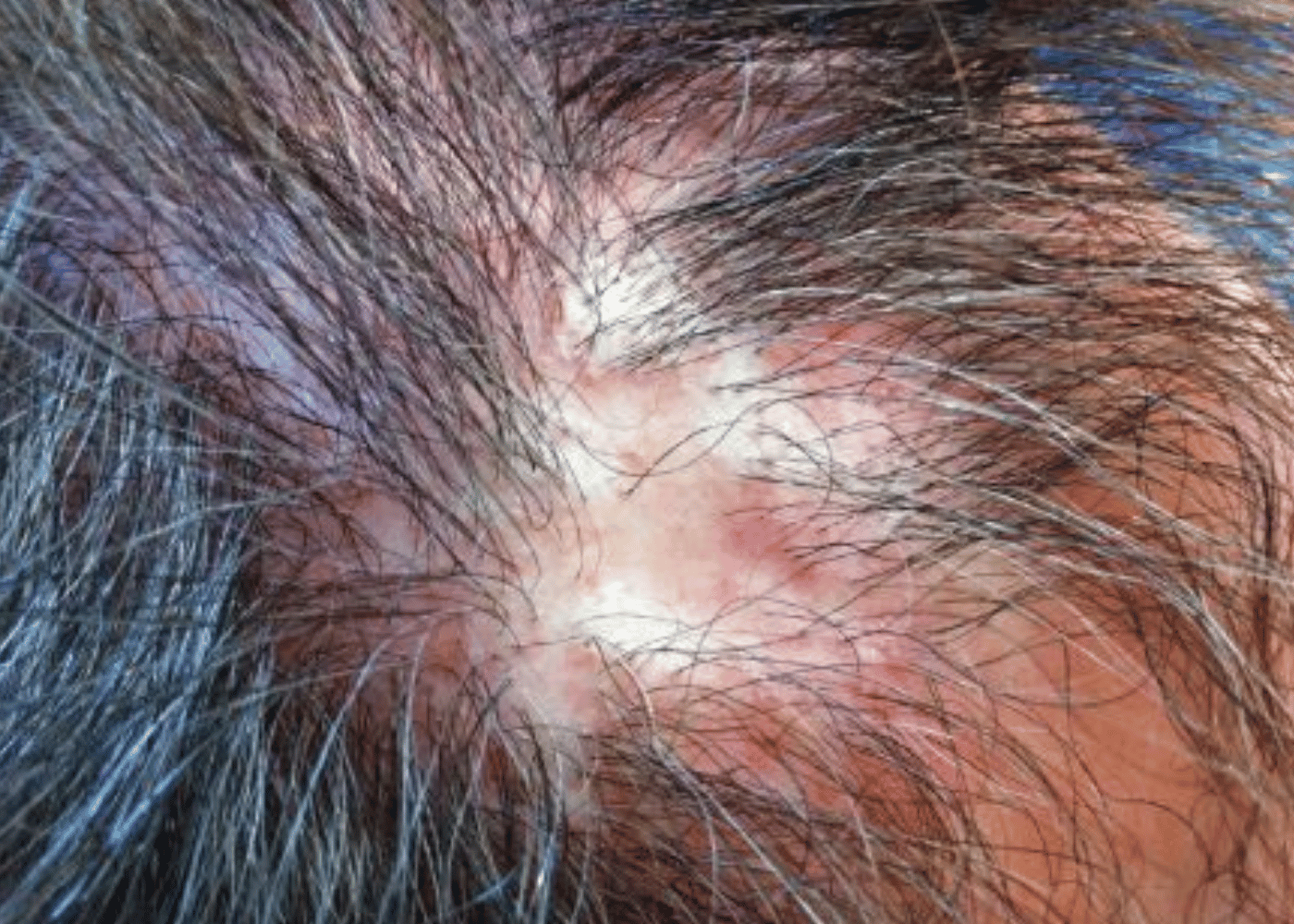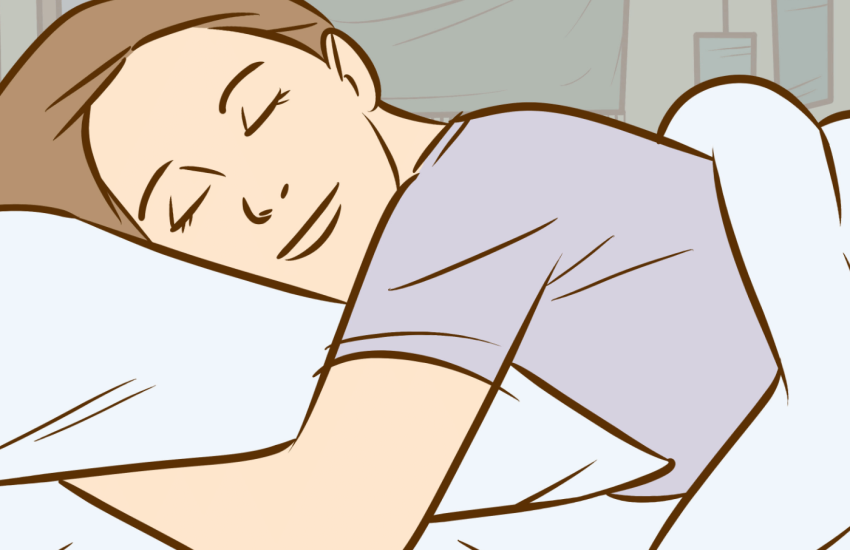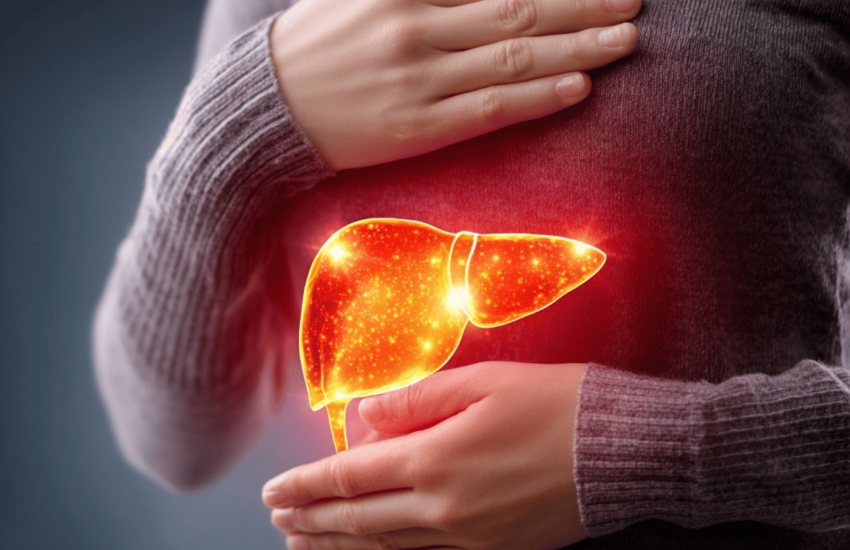Causes, Symptoms, and Effective Treatments for a Healthy Scalp
Dealing with scalp pimples can be frustrating and uncomfortable, especially when they cause itching, pain, or affect your confidence. Unlike regular facial acne, pimples on the scalp are often hidden beneath your hair, making them harder to treat and sometimes leading to delayed care. Understanding what causes these pesky bumps and knowing how to treat them effectively can help you maintain a healthy scalp and prevent future breakouts.
Scalp pimples affect millions of people worldwide and can impact both your physical comfort and overall scalp health. When left untreated, they may lead to hair thinning, scarring, or more serious scalp conditions. The good news is that with the right approach, most scalp acne can be successfully managed at home or with professional guidance.
What Are Scalp Pimples?
Scalp pimples are inflamed bumps that develop on the scalp, similar to facial acne but with some key differences. While regular acne primarily affects areas with high concentrations of sebaceous glands like the face, chest, and back, scalp pimples specifically target hair follicles on the head.
These bumps can appear in various forms, from small, barely noticeable bumps to larger, inflamed pimples filled with pus. Some people experience clusters of tiny bumps along the hairline, while others develop isolated, painful nodules deeper within the scalp. The hair follicles on your scalp create a unique environment where oil, dead skin cells, and bacteria can easily become trapped, leading to inflammation and infection.
Unlike facial pimples, scalp acne is often more challenging to see and treat due to hair coverage. This can result in delayed treatment and potentially more severe symptoms, including the risk of permanent hair loss in severe cases.
Causes of Scalp Pimples
Understanding the root causes of scalp pimples is essential for effective treatment and prevention. Several factors contribute to their development:
Excess Oil and Sweat Buildup: The scalp naturally produces sebum (oil) to protect hair and skin. However, excessive oil production, especially when combined with sweat from exercise or hot weather, creates an ideal breeding ground for bacteria. This buildup clogs hair follicles and leads to inflammation.
Clogged Hair Follicles: Dead skin cells, oil, and product residue can accumulate around hair follicles, blocking the natural flow of sebum to the surface. This creates a perfect environment for bacteria to multiply, resulting in infected follicles known as scalp folliculitis.
Hair Products with Harsh Ingredients: Many styling products contain silicones, sulfates, or high concentrations of alcohol that can irritate the scalp and clog pores. Heavy oils, pomades, and leave-in treatments can also contribute to pore blockage, especially if not properly removed during washing.
Poor Hygiene Practices: Infrequent hair washing allows oil, bacteria, and dead skin cells to accumulate on the scalp. However, overwashing can also strip the scalp of natural oils, causing it to produce even more sebum as compensation.
Hormonal Changes and Stress: Fluctuating hormone levels, particularly during puberty, menstruation, or pregnancy, can increase oil production. Chronic stress also triggers hormonal changes that may worsen existing scalp conditions.
Environmental and Lifestyle Factors: Wearing tight hats or helmets, using dirty pillowcases, or touching your scalp frequently can introduce bacteria and worsen existing pimples. Climate factors like humidity and pollution can also contribute to scalp irritation.
Common Symptoms
Recognizing the symptoms of scalp pimples helps distinguish them from other scalp conditions and determines the appropriate treatment approach.
Itching is often the first and most common symptom. The affected area may feel persistently itchy, leading to scratching that can worsen inflammation and potentially cause secondary infections.
Pain and Tenderness typically develop as pimples become more inflamed. You may experience discomfort when brushing your hair, lying on a pillow, or even when wearing hats or headbands.
Visible Redness and Swelling around the affected follicles is common, though this may be difficult to see through hair. The skin around pimples often appears irritated and may feel warm to the touch.
Pus-filled Bumps indicate bacterial infection within the follicle. These may appear white or yellow at the center and can be painful when touched.
In severe cases, hair thinning or temporary hair loss may occur around affected areas. This happens when inflammation damages hair follicles, though hair typically regrows once the condition is properly treated.
How to Treat Scalp Pimples
Effective treatment for scalp pimples often involves a combination of home remedies and, when necessary, medical interventions.
Home Remedies for Scalp Pimples
Medicated Shampoos are your first line of defense. Look for shampoos containing salicylic acid, which helps exfoliate dead skin cells and unclog pores. Ketoconazole shampoos have antifungal properties that can address underlying fungal infections contributing to scalp problems. Use these specialized shampoos 2-3 times per week, allowing them to sit on the scalp for several minutes before rinsing.
Tea Tree Oil Treatment offers natural antibacterial and anti-inflammatory benefits. Dilute tea tree oil with a carrier oil like jojoba or coconut oil before applying to affected areas. Its antimicrobial properties help reduce bacteria while soothing inflamed skin.
Warm Compress Application can provide immediate relief for painful, inflamed pimples. Apply a clean, warm washcloth to affected areas for 10-15 minutes several times daily. This helps increase blood circulation, reduce inflammation, and may help bring pus-filled pimples to a head for natural drainage.
Apple Cider Vinegar Rinses help restore the scalp’s natural pH balance and provide antibacterial benefits. Mix equal parts water and apple cider vinegar, apply to the scalp after shampooing, let sit for 5 minutes, then rinse thoroughly.
Medical Treatments
For persistent or severe cases, professional medical treatment may be necessary.
Topical Antibiotics like clindamycin or erythromycin can be prescribed as lotions or gels to apply directly to affected areas. These target bacterial infections causing inflammation.
Oral Antibiotics such as doxycycline or minocycline may be recommended for widespread or severe scalp acne that doesn’t respond to topical treatments.
Prescription Topical Treatments including retinoids or stronger anti-inflammatory medications can help address stubborn cases and prevent scarring.
Consider professional treatment when home remedies don’t show improvement after 4-6 weeks, or when symptoms worsen despite consistent care.
Prevention Tips
Preventing scalp pimples is often easier than treating them once they develop.
Maintain a Regular Washing Schedule appropriate for your hair type. Most people benefit from washing 2-3 times per week with a gentle, sulfate-free shampoo. Those with very oily scalps may need daily washing, while people with dry hair might wash less frequently.
Choose Scalp-Friendly Products by avoiding heavy oils, silicone-laden conditioners, and products with harsh chemicals. Look for non-comedogenic labels and consider using lighter, water-based styling products.
Keep Your Environment Clean by washing pillowcases weekly, cleaning hairbrushes regularly, and avoiding sharing hair tools. Replace or clean hats, headbands, and other hair accessories frequently.
Support Overall Health through a balanced diet rich in omega-3 fatty acids, vitamins A and E, and zinc. Stay hydrated, manage stress through exercise or meditation, and get adequate sleep to support your body’s natural healing processes.
When to See a Doctor
While many cases of scalp pimples can be managed at home, certain situations require professional medical attention.
Consult a dermatologist if pimples persist for more than two weeks despite consistent treatment, or if they’re accompanied by severe pain, rapid spreading, or signs of serious infection like fever or red streaking.
Hair Loss Concerns warrant immediate professional attention, as some scalp conditions can cause permanent follicle damage if left untreated.
Pus, Bleeding, or Worsening Symptoms may indicate a secondary bacterial infection requiring prescription antibiotics or other medical interventions.
If you’re unsure whether your symptoms represent simple scalp acne or a more serious condition like seborrheic dermatitis or scalp psoriasis, a professional diagnosis can provide clarity and appropriate treatment direction.
Conclusion
Scalp pimples, while common and often treatable, shouldn’t be ignored or left to resolve on their own. Understanding their causes helps you make informed decisions about prevention and treatment. From maintaining proper scalp hygiene to choosing appropriate hair products and recognizing when professional help is needed, taking care of your scalp is just as important as caring for the skin on your face.



